-

-
TAPESTRIES
-

-
Paintings
-

-
-
Rivane Neuenschwander is among the most critically renowned artists of her generation, living and working in São Paulo, Brazil. Her major installation O Trabalho dos Dias (Work of Days), 1998, was recently featured as part of Surrounds: 11 installations, in the reopening exhibition at The Museum of Modern Art, last year.
Winner of the Yanghyun Prize in South Korea in 2013 and shortlisted for the Guggenheim Museum’s Hugo Boss Prize in 2004, the artist has exhibited her work internationally throughout the past twenty years. In 2010, the New Museum in New York presented Rivane Neuenschwander: A Day Like Any Other, a major survey exhibition that traveled to the Mildred Lane Kemper Art Museum in St. Louis, followed by the Scottsdale Museum of Contemporary Art in Arizona, Miami Art Museum, and the Irish Museum of Modern Art in Dublin through 2012.
Other important solo presentations include shows at Museu de Arte Moderna de São Paulo (MAM-SP) in Brazil (2014), Malmö Konsthall in Sweden (2010), St. Louis Art Museum in Missouri (2007), Carnegie Museum of Art in Pittsburgh (2007,) Hirshhorn Museum and Sculpture Garden in Washington, DC (2007), Palais de Tokyo in Paris (2003), the Walker Arts Center in Minneapolis (2002) and Portikus in Frankfurt (2001).
The artist’s work was also featured in the 55th Carnegie International at the Carnegie Museum of Art in Pittsburgh, along with group shows at Museum of Modern Art in New York, The Solomon R. Guggenheim Museum in New York, Museum of Contemporary Art, Chicago, Kunsthalle Wein in Austria, Stedelijk Museum in The Netherlands, and Moderna Museet in Stockholm.
Currently Neuenschwander’s work can be found in the collections of the Museum of Modern Art in New York, Tate Modern, Solomon R. Guggenheim Museum, Inhotim Centro de Arte Contemporânea in Brazil, Museum Boijmans Van Beuningen in Rotterdam, The Israel Museum, Museum of Modern Art in São Paulo, Seattle Art Museum, and the Walker Art Center, among others.

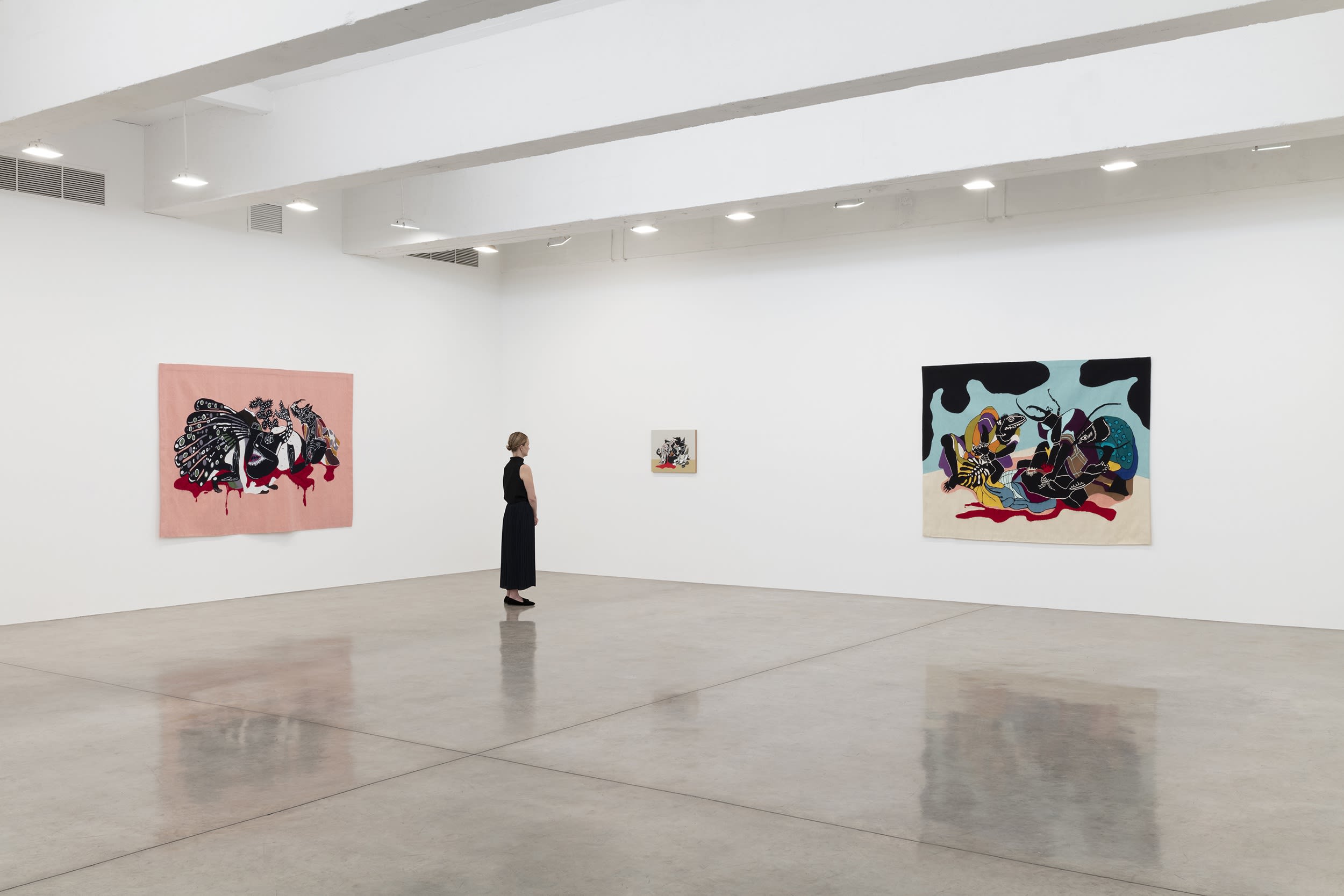
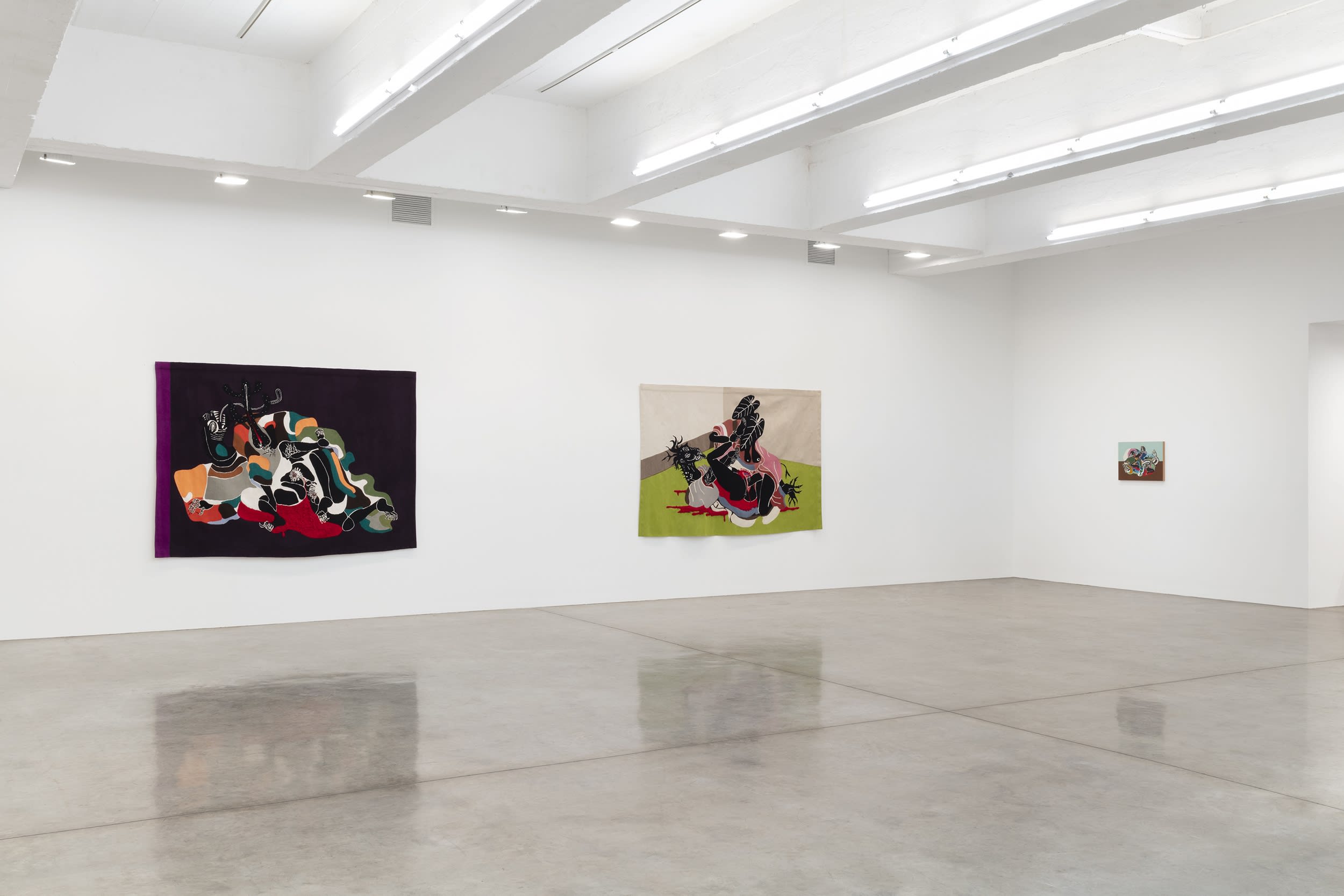

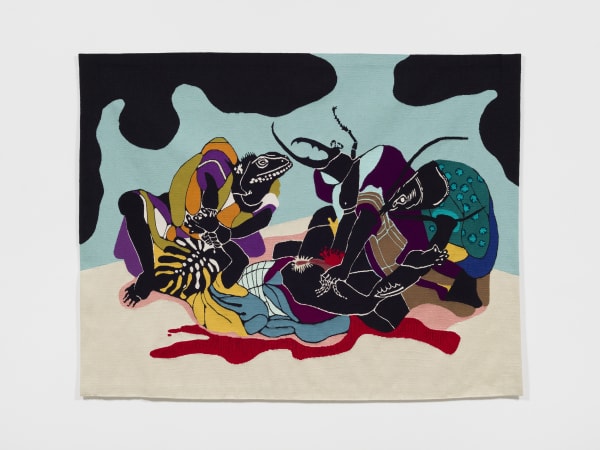
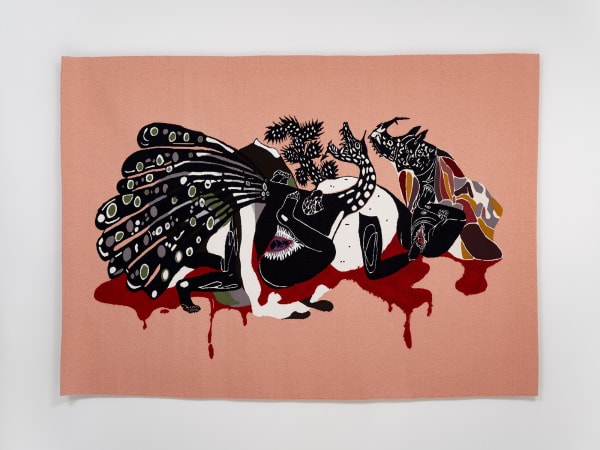




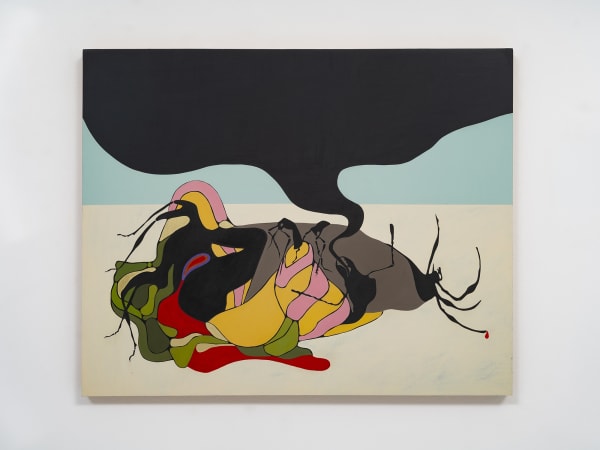





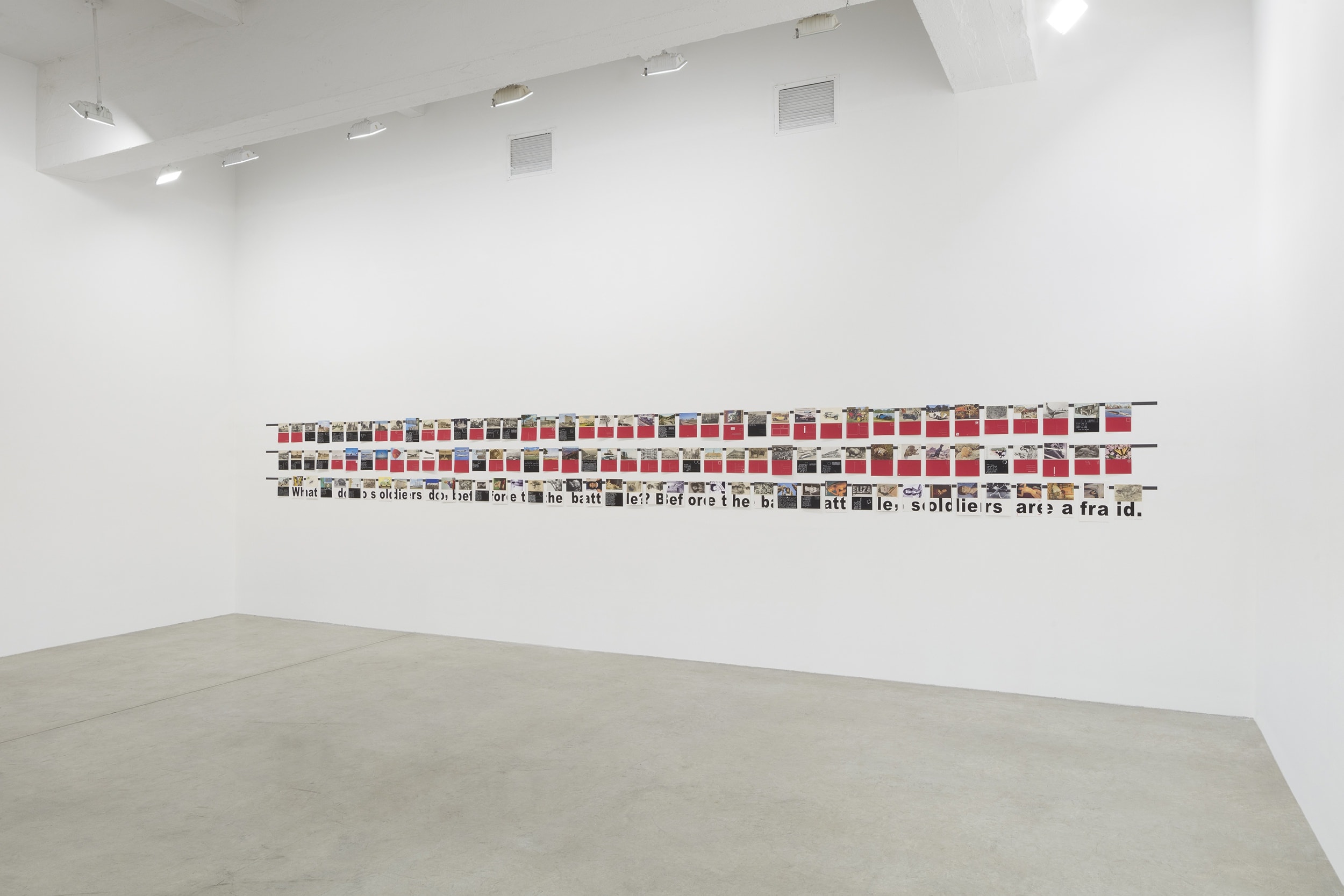





![Rivane Neuenschwander, À espreita [Cobra], 2020](https://artlogic-res.cloudinary.com/w_600,c_limit,f_auto,fl_lossy,q_auto/artlogicstorage/tanyabonakdargallery/images/view/e13ac2611977e0a9d2243385967ea8caj/tanyabonakdargallery-rivane-neuenschwander-espreita-cobra-2020.jpg)
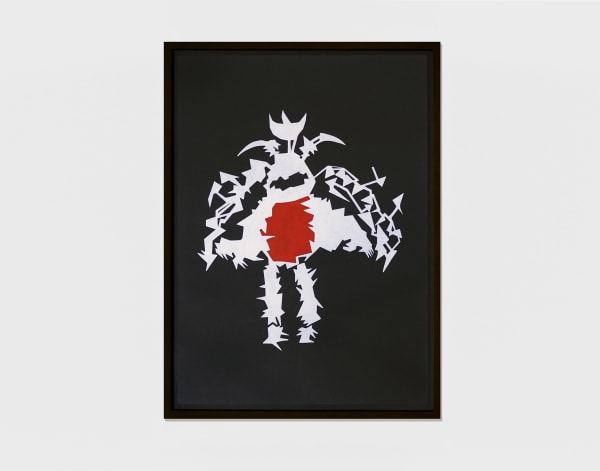
![Rivane Neuenschwander, À espreita [Minhocas], 2020](https://artlogic-res.cloudinary.com/w_600,c_limit,f_auto,fl_lossy,q_auto/artlogicstorage/tanyabonakdargallery/images/view/cf0bd4f5616cbcfca527f51fd6148160j/tanyabonakdargallery-rivane-neuenschwander-espreita-minhocas-2020.jpg)
![Rivane Neuenschwander, À espreita [Lava de vulcão], 2020](https://artlogic-res.cloudinary.com/w_600,c_limit,f_auto,fl_lossy,q_auto/artlogicstorage/tanyabonakdargallery/images/view/ae75338cfca36fee8d09f7a6d1dbd9aej/tanyabonakdargallery-rivane-neuenschwander-espreita-lava-de-vulc-o-2020.jpg)
![Rivane Neuenschwander, À espreita [loucura], 2020](https://artlogic-res.cloudinary.com/w_600,c_limit,f_auto,fl_lossy,q_auto/artlogicstorage/tanyabonakdargallery/images/view/1b2cb1138eb1e6bd8f611f7f45e98764j/tanyabonakdargallery-rivane-neuenschwander-espreita-loucura-2020.jpg)
